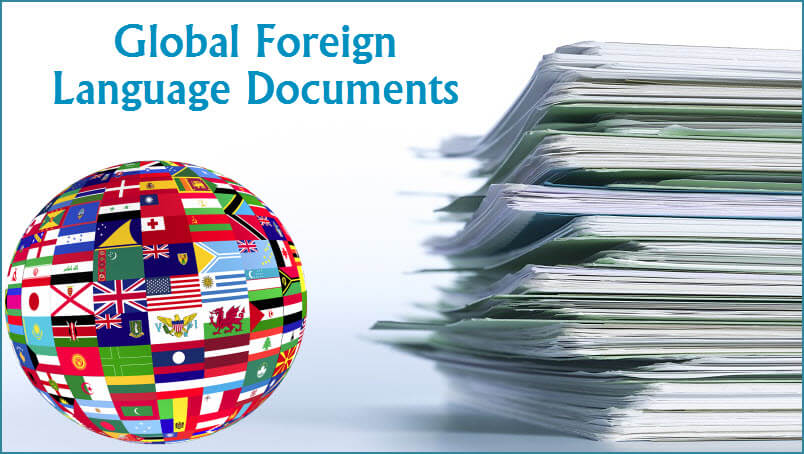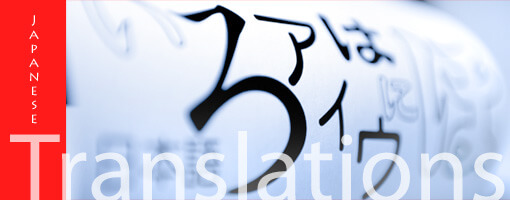Today, globalisation is embedded in both the individual and business worlds. That means that documents that are written in foreign languages are commonplace on our desktops, both virtual and the real time office desk too. It gets to a point when if we are unable to translate this overwhelming amount of data something has to be done. If you run a business you might be missing out on valuable customers. If you are an individual you could miss the best price for a sought after garment.
One of the main things you can do to ease the impact of this overflow of words you don’t understand is to think in a multilingual context. Don’t shrug off this aspect of globalisation because it’s not going to go away in the near future at least.
Tip #1 Multilingual thinking is the way to go
Once your document stockpile in a foreign language whether paper or virtual has got far too much you should seek out an experienced NAATI translator who understands the language of the documents you need to handle. You can get this translator to skim through each document in turn and give a summary in your own language so you can select the documents that are of most use to you and need a comprehensive document translation.
A NAATI translation is different from your average translation because to be awarded that status rigorous testing takes place before the translator can add NAATI to his or her name. The NAATI translator will know how to fast-track your documents by seeking out significant keywords which will be presented to you.
Tip #2 Consider the translation options
There are different methods used for translating such as machine translators but they may be okay for quick summaries that may not be totally accurate unless the translator has been programmed with all the word usages and idioms used in your type of industry. They don’t always convey the complete meaning of a sentence and often omit key words that cannot be found in their programmed dictionaries. It is a low cost choice, but basically unreliable if the full meaning of a document is sought.
In the end, a professional translation service anywhere in Australia is a cost effective translation solution as it hits the nail on the head first time round.




















